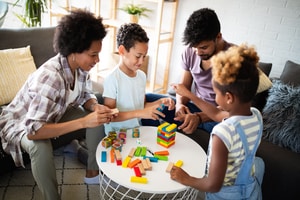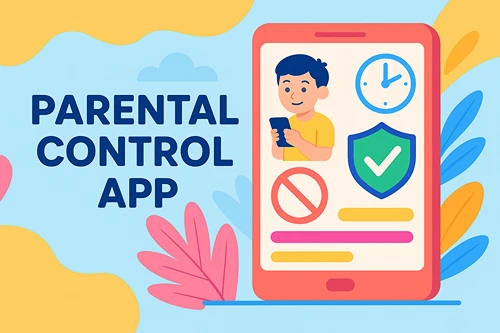How To Support Your Child’s Learning at Home
Parental involvement in a child’s education is crucial. Parents who engage in their learning can support their academic success and help them develop a lifelong love for learning. Not to mention, it also helps you develop a stronger bond with your little one. We’ll discuss how to support your child’s learning at home.
Understand Your Child’s Learning Style
Every child is unique, and so is their learning style. Understanding this can significantly enhance their learning experience at home and in school. The primary learning styles include visual, auditory, kinesthetic (hands-on), and reading/writing.
Visual Learners
Visual learners learn best through images, diagrams, and visual aids.
Auditory Learners
Auditory learners absorb information better through listening.
Kinesthetic Learners
Kinesthetic learners benefit from hands-on activities and movement.
Reading/Writing Learners
Reading and writing learners prefer reading texts and writing notes.
To identify your child’s learning style, observe how they interact with new information and which methods they naturally gravitate toward. Once identified, tailor their learning activities to complement their style.
Create a Home Learning Environment
A dedicated study area can make a difference in your child’s ability to focus and learn effectively. Here’s how to set one up.
Choose the Right Spot
Select a quiet, well-lit area with minimal distractions.
Organize Supplies
Keep all necessary learning materials—books, stationery, and digital devices—within easy reach.
Personalize the Space
Make the area inviting and comfortable with personal touches like favorite colors or a comfy chair.
Minimizing distractions is also crucial. Limit background noise, set boundaries around study times, and keep the area clutter-free.
Incorporate Educational Technology
Educational technology can be a powerful tool in your child’s learning arsenal, offering interactive and engaging ways to grasp new concepts.
Educational Apps
Apps like ABCmouse, Khan Academy Kids, and Prodigy offer tailored learning experiences for children.
Online Resources
Websites such as National Geographic Kids and PBS Kids provide a wealth of educational content.
Responsible Screen Time
Balance tech use with offline activities. Establish screen time limits and ensure that the content is age-appropriate and educational.
Establish Learning Routines
Consistency is key to effective learning. Establishing a daily routine helps children know what to expect and creates a sense of security.
Morning Routine
Start the day with a set wake-up time, breakfast, and a brief review of the day’s activities.
Learning Blocks
Schedule regular study times interspersed with short breaks to keep your child engaged.
Evening Routine
Wind down with a review of the day’s achievements and set goals for the next day.
Shorter learning sessions with frequent breaks work best for toddlers. Try to incorporate schedules that resonate with major toddler developmental milestones. Longer, more structured learning periods are effective for older children. However, consider schedules that complement their schooling.
Encourage Activities for Learning
Engage your child in activities that offer valuable learning experiences, such as hands-on projects, outdoor exploration, and interactive games. These activities make learning fun and develop critical thinking, creativity, and problem-solving skills. By incorporating a variety of educational experiences that stimulate your child’s mind, you can foster a love for learning that goes beyond traditional methods.
Supporting your child’s learning at home doesn’t have to be daunting. By following these helpful tips, you can foster a love for learning that lasts a lifetime. Your involvement and encouragement are the most significant factors in your child’s educational journey.






